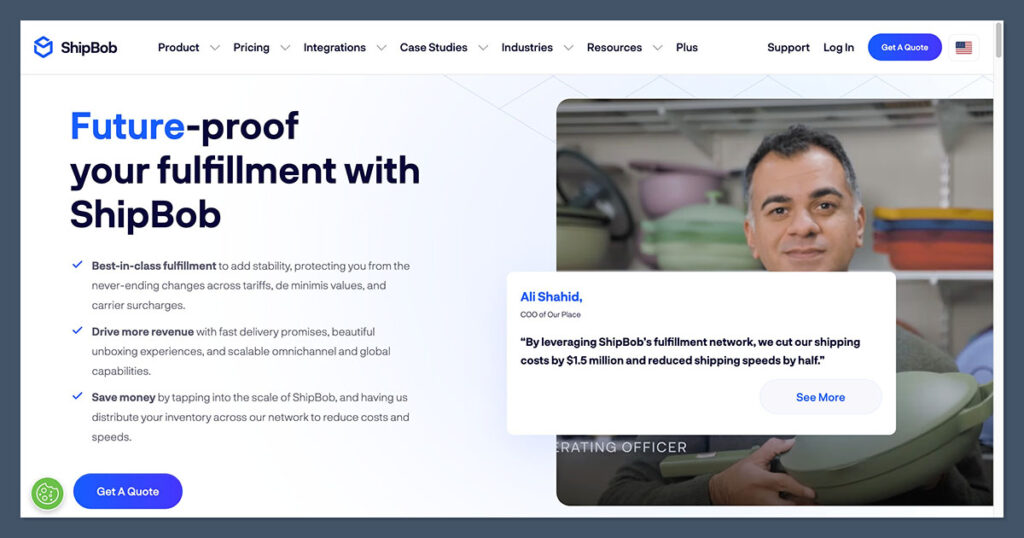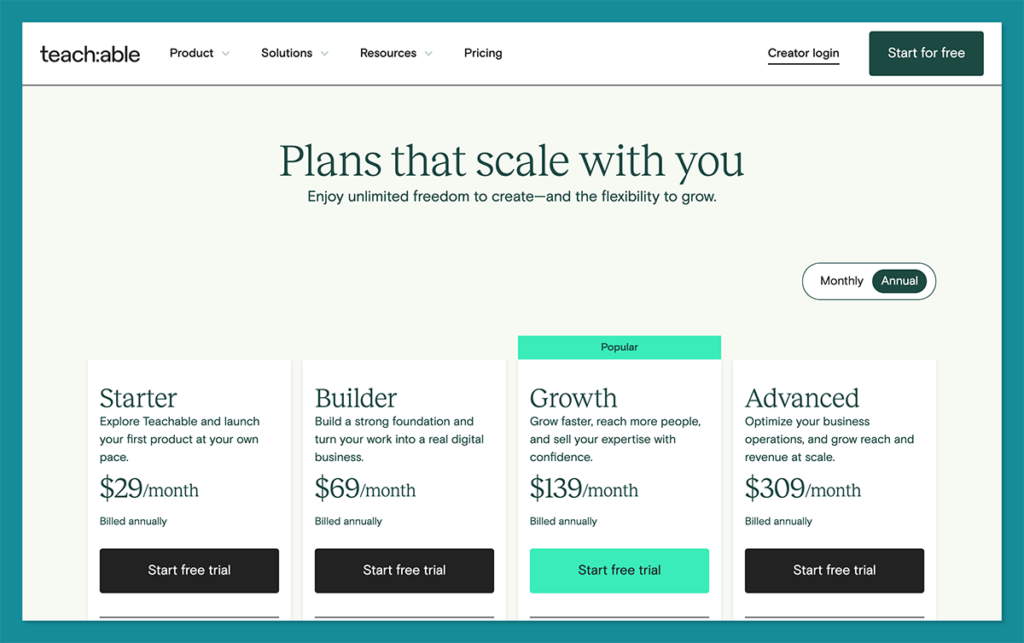2. Decide how to fulfill orders

Love the look of embroidery but don’t have the time or embroidery skills to craft pieces yourself? Outsource manufacturing to a supplier offering professional embroidery services.
Buy your embroidered products in bulk and ship them to customers, or use on-demand production and fulfillment to handle the entire process, like with Printful.
Here are a few ways to build your custom embroidery business.
Outsourcing production and order fulfillment
Partnering with a print-on-demand company like Printful is a great way to start an embroidery business.
With on-demand fulfillment, we only produce and ship items once your customer orders—that means no financial risk as you don’t have to buy equipment or stock upfront.
Plus, adding new designs and products to your online store is easy with our vast embroidery collection. Test as many ideas as you’d like and focus on the ones that perform well.
What to consider when getting started
Here are a few things you should consider when starting your own custom embroidery business using on-demand production and fulfillment.
Want to try on-demand manufacturing but need help getting started? Use this free online checklist to build a business plan.
Creating and shipping orders yourself
If you’re interested in sewing your own pieces using hand or machine embroidery, you’ll need money upfront to start a home-based embroidery business.
Doing embroidery projects at home involves purchasing sewing equipment like single-needle machines, thread, and the products you’ll be embroidering. Multi-needle machines may be necessary for more intricate designs and to keep up with production.
Once orders start coming in, you’ll need to prepare, pack, and ship products yourself. That means managing your own inventory to avoid stockouts and providing excellent customer service in case of any order queries.
3. Pick what products you’ll embroider
When exploring how to start an embroidery business, finding the right products is key. Choose items that make sense with your designs and niche.
Embroidery also has different needs than printing—your products should balance durability, stitchability, and style. Here are some popular picks:
-
Caps and beanies are great for small logos or icons.
-
Hoodies and sweatshirts have thicker fabric that holds stitches well.
-
Tote bags and pouches are excellent canvases for crisp embroidery results.
-
Heavier tees are ideal for simple chest designs.
-
Home decor like pillowcases or tea towels make popular niche gifts.
Remember The Philosopher’s Shirt? The shop sells t-shirts, hoodies, and hats with funny memes and references to famous philosophers. Its laid-back, everyday apparel options fit right in with the brand’s witty, relaxed vibe.
Valuable read: Best-Selling Embroidery Items on Etsy—What’s Trending
Let’s look at the different custom embroidery options at Printful.
Read also: 25 Creative Embroidery Ideas
Apparel
Embroidered clothing is a great starting point when launching your custom apparel business. Here are some best-selling picks, from adult hoodies to baby onesies.
Adult apparel
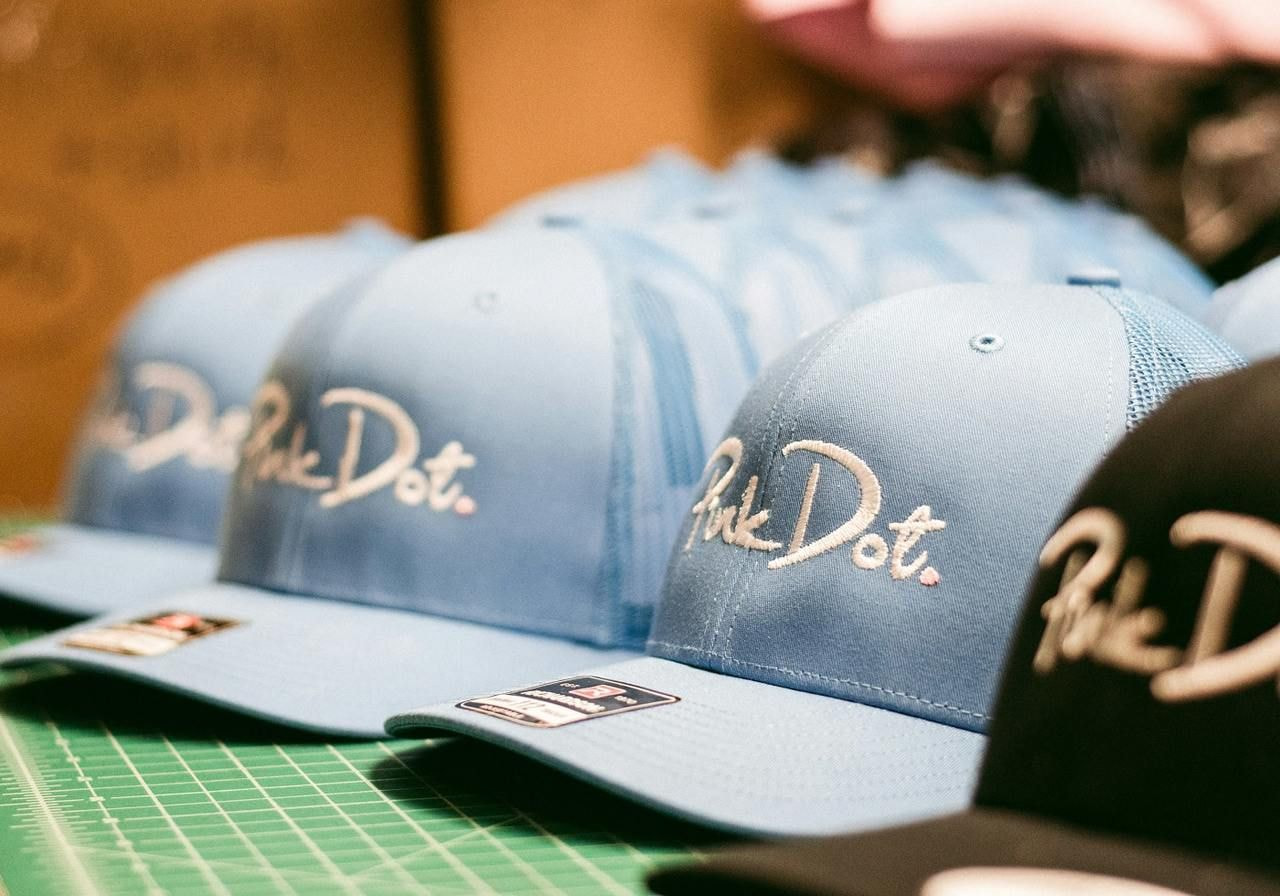
Adult customized apparel provides ample room for large embroidery designs. Choose from hats, hoodies, t-shirts, pants, dresses, or leather jackets—anything your target audience is looking for.
Hats work well with large, embroidered lettering or a bold center design. They’re also worn year-round, making hats the perfect canvas for staying on-trend. Some small businesses even focus exclusively on headwear for high-quality embroidery.
Learn more about designing the perfect hat logo size and finding the best hats for embroidery on our blog.
Other embroidery businesses thrive selling custom hoodies and sweatshirts, which are popular due to their versatility. Stylish yet comfortable, add a high-quality embroidered design for your customers’ next go-to outfit. They’re also fantastic as personalized gifts.
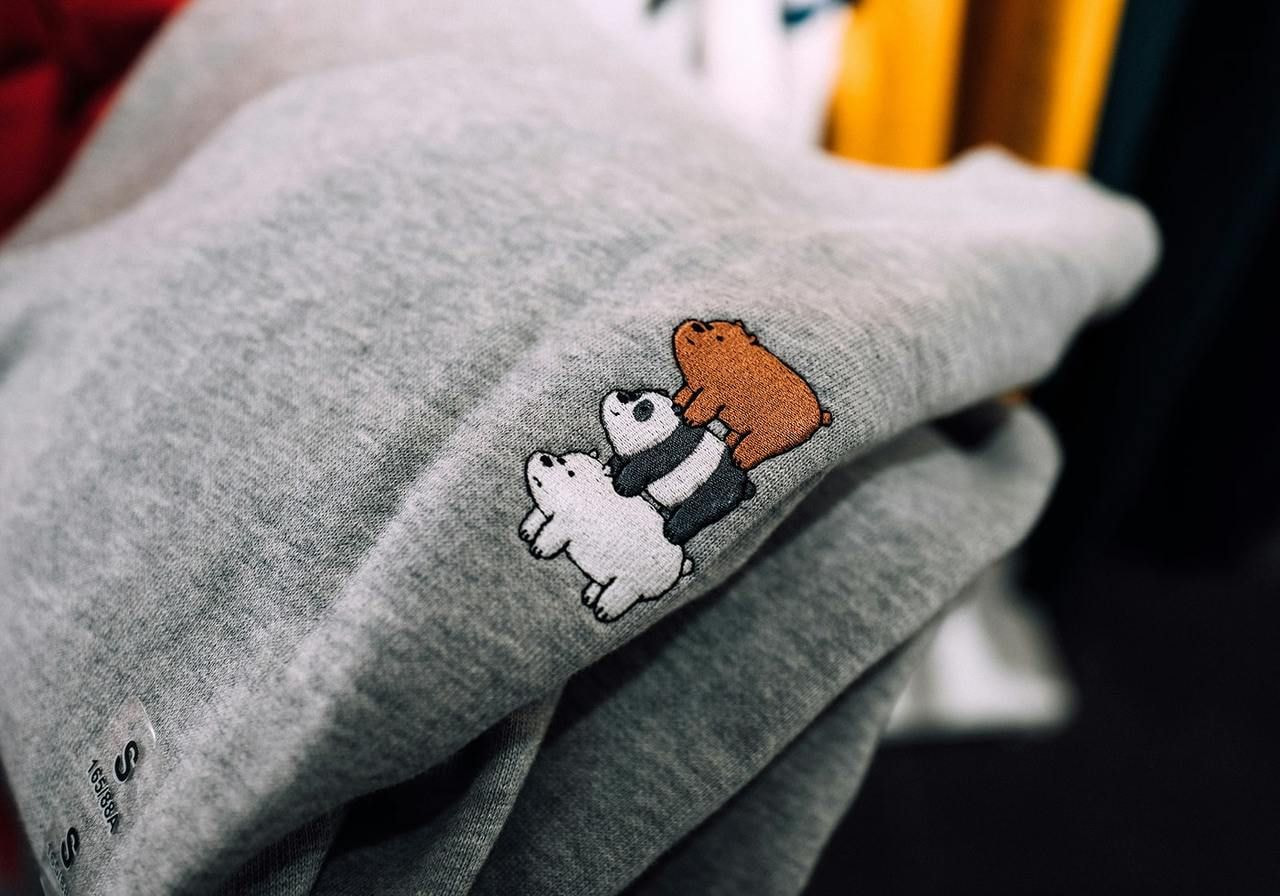
You can always start with just one or two apparel products with various embroidery designs. This lets you focus on perfecting your designs and marketing before expanding your storefront.
Children’s apparel
Even with a smaller embroidery area, stitched designs give a charming, extra-special feel that elevates children’s apparel.
Parents don’t just want adorable outfits—they want ones that last. Worried about spills and messes? Embroidered clothing can handle these better than ink-printed designs, thanks to its durability.
Add playful, original embroidery and you’re not just selling kids’ clothes—you’re solving feeding-time problems in style.
Home and living
This versatile product category for embroidery includes blankets, pillows, throws, napkins, and more. People love embroidered home goods because the products feel higher quality.
Put large custom designs on blankets or small, delicate designs on towels to make them look and feel more luxurious.
Beautifully embroidered home decor adds texture and personality to any space, which is why it continues to be a favorite among shoppers looking to elevate their interiors.
Need some ideas? Design a product line with a similar design theme. For example, offer a bedroom set with floral embroidery designs. Encourage purchases and upsell with bundle discounts for customers who buy multiple items from the same collection.
Patches
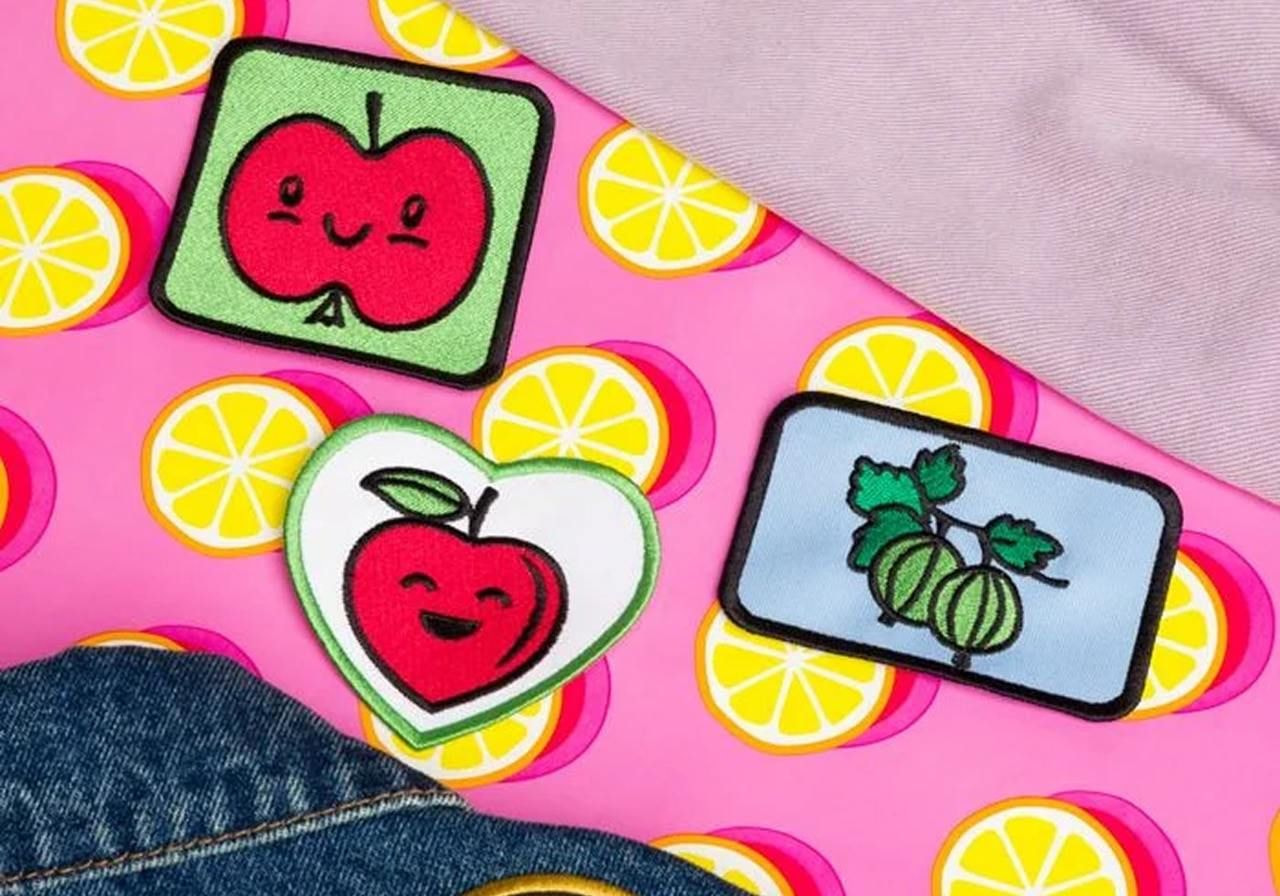
Patches are a great entry point when you start an embroidery business—they’re small, easy to produce, and ideal for testing new designs.
You can sell them individually or as add-ons, attracting different types of potential customers. They’re perfect for bundling with your core apparel pieces like sweatshirts or backpacks.
4. Create your custom embroidery products
Now that you know what products to sell, it’s time to pair them with your custom embroidery designs.
Finalize the visuals that fit your embroidery business niche, then determine the colors and placement for each product.
Compile embroidery ideas

To help you identify embroidery design ideas that sell, answer these questions:
-
What creative designs come to mind when you think of your niche market?
-
What’s popular in the embroidery industry now that your target audience would love?
-
What designs do you notice competitors offering?
Take screenshots, save images, or sketch whatever comes to mind. Use Pinterest or a scrapbook to compile your ideas for embroidery projects.
If you need inspiration, check out this list of embroidery ideas that sell and pick designs that match your aesthetic.
Remember—don’t directly copy other people’s designs. Avoid violating copyright laws by innovating and improving design ideas or developing original concepts for your custom clothing brand.
Figure out the embroidery placement
Get strategic with your embroidery placement. The same design can look completely different depending on the product—what pops on a t-shirt might fall flat on a hat. Consider the size, texture, and color of each item to make your designs shine.
If you’re working with a print-on-demand provider like Printful, make sure your designs fit the embroidery software file requirements. Check out this handy guide for embroidery design file tips.
Before the machine embroidery process can begin, our graphic design team will convert your file into a format that our embroidery machines can read—this is called digitization.

